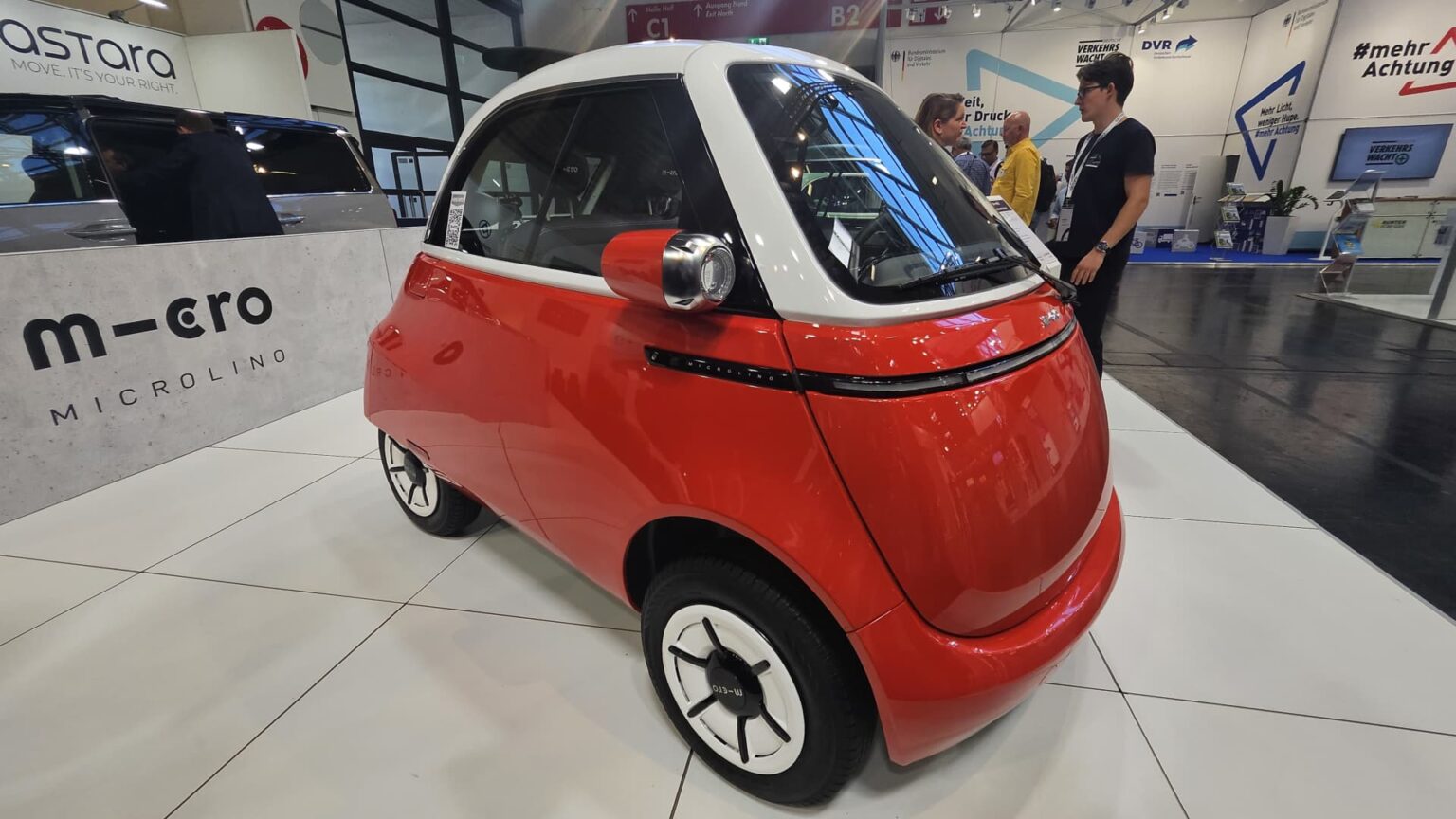MUNICH — Tiny cars appear to be making a comeback.
At the IAA motor show in Munich this week, there were a handful of small vehicles on display.
They resembled the so-called microcars or “bubble cars” from several decades ago — like the Italian-designed Isetta, which was first produced in the mid-1950s.
In recent years, Smart cars and the Fiat 500 have been among some of the more compact vehicles on the market. But the potential need for a small electric car appears to be gaining traction, as the demand for cleaner vehicles in urban environments grows.
At the IAA, Swiss firm Micro showed off its Microlino, a small battery-powered vehicle.
Micro says that it can be charged via a house plug in four hours. It has a range of 230 kilometers (approx. 143 miles) and a max speed of 90 kilometers per hour.
In Europe, it’s technically not classed as a car. It’s a “heavy quadricycle” — somewhere between a motorbike and car. This means it’s subject to less stringent regulation and can come to market quicker.
Another car on display at IAA was the Yoyo, a car from Italian-Chinese start-up XEV. The Yoyo has a range of 150 kilometers.
These cars are all aimed at Europe, according to Peter Richardson, research director of tech strategies at Counterpoint Research. That’s because of the narrow and old roads in many cities across the continent. They may also appeal in traffic-heavy cities like some of those in India or Thailand.
Some of their uses could be as a family’s second car, or a vehicle mainly for town or city driving where there isn’t the need to drive long distances.
However, there are still question marks about the appeal for these types of tiny cars.
The cheapest model of the Microlino starts at 17,990 euros ($19,316). It is also unlikely to qualify for any electric vehicle subsidies in major countries as it’s not technically a car.
That could be too steep a price for this vehicle for buyers who may be able to get an electric at the same price, or even cheaper, with financing options and EV subsidies.
“These microcars don’t attract those subsidies … so you can get a smart car that is actually a full EV and it’ll be cheaper than the Microlino,” Richardson added.
Read the full article here










